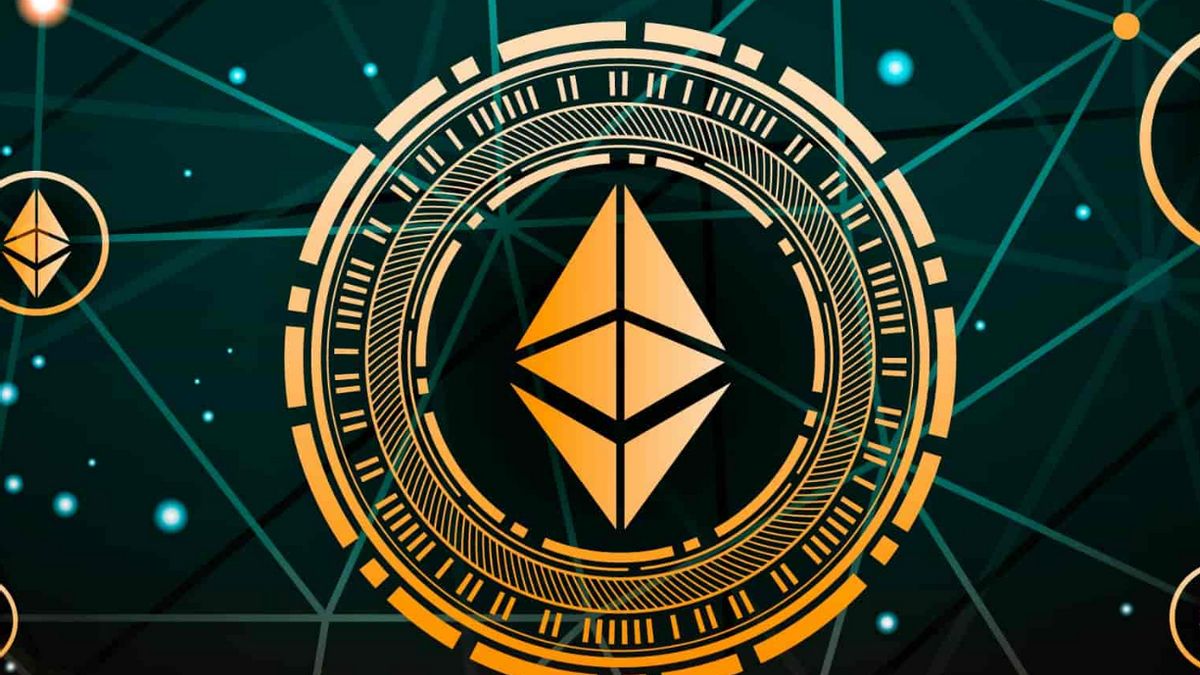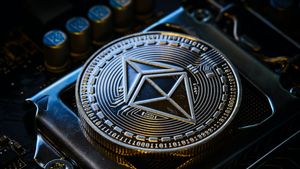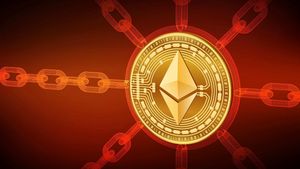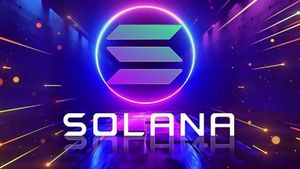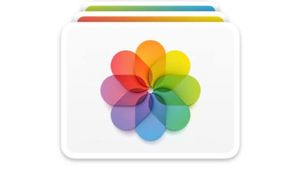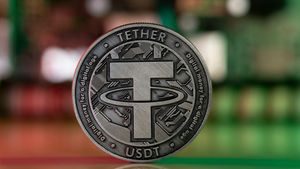JAKARTA - NFT, or non-fungible tokens, are unique and non-exchangeable digital assets with similar assets. NFT has become a popular trend in the crypto world, with various applications such as art, collection, games, and others. However, NFT also has some limitations, such as low liquidity, difficulty in fractionalization, and lack of interoperability with funcible tokens, which are exchangeable tokens with other equivalent assets.
To overcome this limitation, a new token standard called ERC-404 has emerged as an innovative solution that incorporates fungibility and non-fungibility in one token. ERC-404 is an experimental token standard built on Ethereum, which allows conversion between NFT and tokens, such as the ERC-20 token. Thus, the ERC-404 token can serve as an NFT or funcible token, depending on its needs and circumstances.
SEE ALSO:
How Does ERC-404 Work?
ERC-404 works by connecting an NFT with a fungible token, which has the same amount. For example, a project called Pandora has launched a collection of 10,000 NFT connected to 10,000 PANDORA tokens created under ERC-20 standards.
When someone buys a PANDORA token from a liquidity pool, a unique NFT called "Replicant" will be created and sent to the buyer's wallet. Replicant is a digital asset that has different characteristics, such as color, shape, and other attributes.
If the owner of the PANDORA token wants to resell it to a liquidity pool, the associated NFT Replicant will be burned, or permanently removed from circulation. If the owner of the PANDORA token wants to move it back to another wallet, the NFT Replicant will be "regenerational", or take new characteristics that are different from before. This process allows dynamic changes in digital assets, which reflect the sustainability and non-fungibility of the ERC-404 token.
In addition, the ERC-404 token also allows NFT fractionalization, which is to divide NFT into smaller parts. For example, one can have 0.5 PANDORA tokens, which are equivalent to 50% of the associated Replicant NFT. This facilitates transactions and distribution of NFTs, which are usually difficult to do because of their visualizable nature.
The English, Chinese, Japanese, Arabic, and French versions are automatically generated by the AI. So there may still be inaccuracies in translating, please always see Indonesian as our main language. (system supported by DigitalSiber.id)
